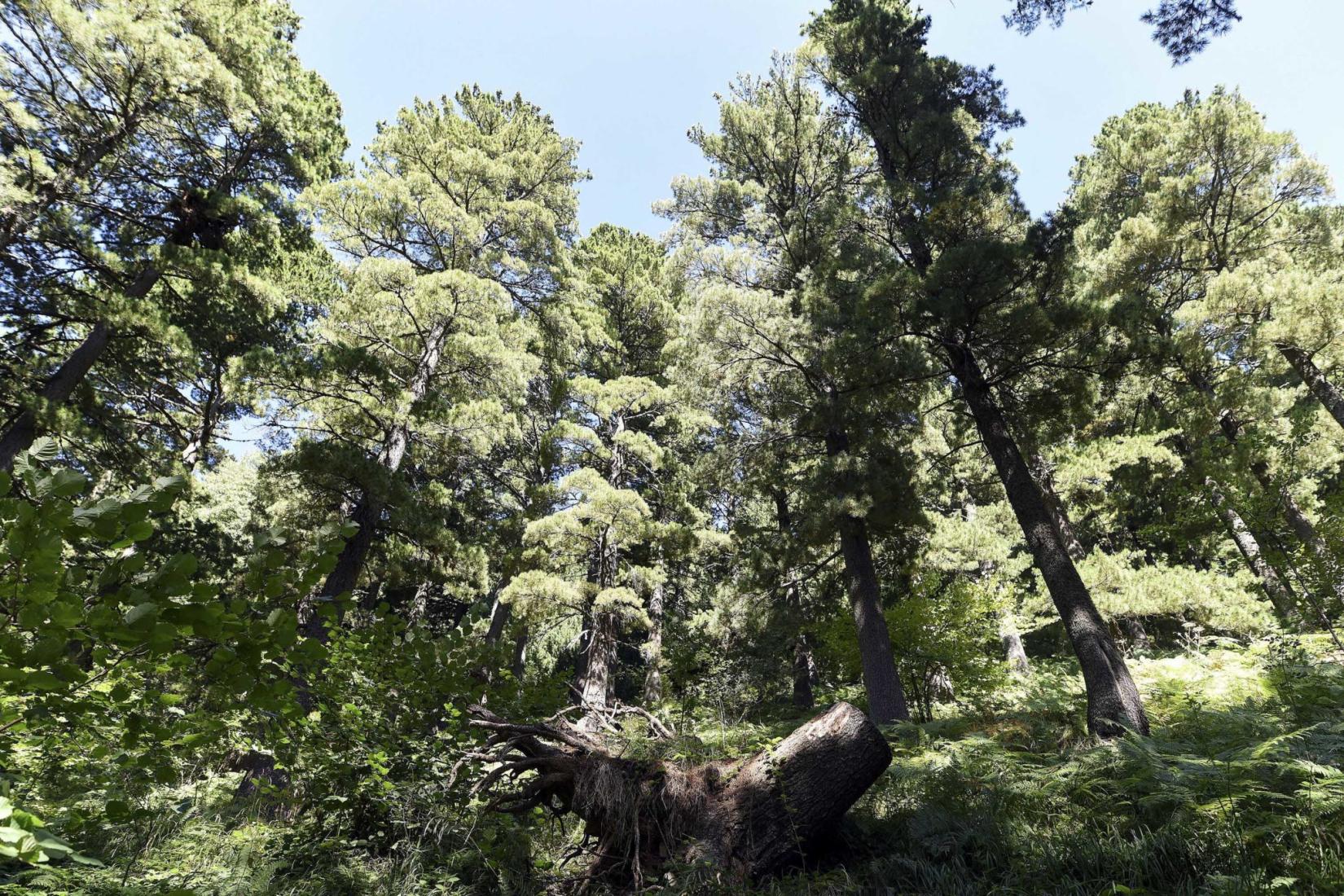Time to restore human relations with nature and biodiversity
22 May 2020
- By QU Dongyu and Inger Andersen FAO Director-General and UNEP Executive Director

The COVID-19 pandemic is a deep and lasting shock at global level, and we all know that “business as usual” is not an option. It is imperative to perceive the crisis as an opportunity to rebuild livelihoods in a sustainable way, even improving them. High on the agenda is restoring harmony to human relations with nature and particularly biodiversity. The 2020 edition of the State of the World’s Forests report (known as SOFO), produced in partnership by the Food and Agriculture Organization of the United Nations (FAO) and the United Nations Environment Programme (UNEP), helps mapping a strategy to do that. It examines the contributions of forests, and of the people who use and manage them, to the conservation and the sustainable use of biodiversity.
Forests are home to most of the world’s terrestrial biodiversity. We rely on forests for a wide array of services ranging from cleaner air and water for everyone, to the natural foods consumed by one billion people and the cooking fuel for 2.4 billion people. We must do more and better to ensure the protection of this gift that keeps giving. Obtaining sustainable benefits from forests means paying more attention to their needs, which are actually our needs too, as the degradation and loss of forests and biodiversity is a contributing factor to disrupting nature’s balance and increasing the risks of human epidemic diseases in general. Unfortunately, forest deforestation and degradation – and associated biodiversity losses – continue to happen at an alarming rate. The evidence is clear that the main driver of deforestation is agriculture expansion. Nonrational land use and plantation for meat, oil and cereal production, followed by subsistence farming activities, account for three-fourths of tropical deforestation.
To turn the tide, we need to innovate and implement sustainable agricultural practices that leverage nature-based solutions and protect biodiversity. Agriculture’s own function and resilience depends on biodiversity to support all the pollination services, water cycling, soil and erosion controls. Protecting biodiversity is not only important for the environment, it is also a precondition for more diverse, healthy, balanced and nutritious diets.
We also need to put in place integrated landscape approaches. Forests are potentially a target for coherent actions with multiple benefits for all. They can be conserved and managed in ways that create jobs, reclaim ecosystems and improve habitats for people and nature alike. Consider, for example, the Maya Biosphere Reserve, the largest protected area of tropical forest in Central America. Created in 1990, a considerable share of the area was granted under multiple use concessions to communities comprising smallholders, who also received technical assistance, market access, institutional support and a regulatory framework. This encouraged them to conduct some timber extraction while maintaining stipulated stewardship standards. It turns out these groups have logged less than the average for the whole reserve, reduced incidences of forest fires, increased forest cover and maintained local jaguar populations.
Apart from the encouraging performance of the people engaged, the jaguars are not a detail. They showcase another important conservation and restoration aspect: Forests are not just home to biodiversity, but actively depend on their inhabitants. Some iconic tree communities around the world rely on native animals – the bears of North America, the gorillas of Central Africa, the panda of China, the koalas of Australia – to act as ecological architects with major roles in seed dispersal among other ecosystem services. This holistic approach is vital, in order to move from knowledge to action as we get ready for the UN Decade of Ecosystem Restoration 2021-2030, which will be led jointly by FAO and UNEP. One striking finding in the SOFO report is that 7 percent of the global forest area is divided among more than 34 million small patches, each covering less than 1000 hectares or 10 square kilometers. Such fragmentation hampers the landscape arenas that biodiversity thrives in. A growing share of all forests are now found in legally protected areas, and we need more large-scale restoration, done in a way that supports livelihoods for rural communities and mitigates climate change.
Biodiversity keeps civilization going on, and we need to be revering nature. The COVID-19 emergency is a global warning and a catalyst to pursue creative and inclusive paths to a happier future where we plant new trees while conserving those we have.






